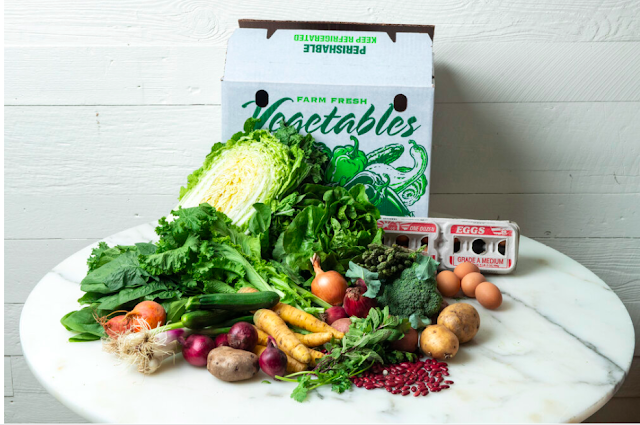By : Shannon Haas
Did you know that sunchokes / Jerusalem artichokes (Helianthus tuberosus) are native to North America? It’s one of the few native plants we still enjoy eating to this day, although it has not been widely cultivated across the continent.
When it’s flowering in the late summer / early fall the plant looks like a sunflower or daisy, all of which share common traits as members of the Asteraceae family. The part we eat is an underground storage stem called a tuber.
Picture by Couleur (2021). Licensed by Pixaby.
This plant grows fairly tall - up to ten feet in height! And it spreads quickly through its underground stem system (rhizomes). Some consider it a nuisance, as it has a tendency to quickly overtake gardens and can grows well in a sorts of soil conditions - a resilient plant, indeed.
My preferred preparation method for sunchokes is to thinly slice them (around ½ an inch thick) and roast them with olive oil and herbs at 425 degrees for around 20 minutes or so, typically flipping them halfway through. They’ll be tender and crispy along the edges. Check out
this recipe for more details.
Next time you’re eating some sunchokes, consider the fact that this plant was once cultivated and consumed by Native Americans, and give appreciation to those that determined that this edible tuber was full of beneficial nutrients (and they’re tasty, too!).
You can learn more about the history of the sunchoke and more about where it’s name came from, by reading gardener Nadie VanZandt’s blog post
here or by reading
this article from FoodPrint (and some more recipes as well).





